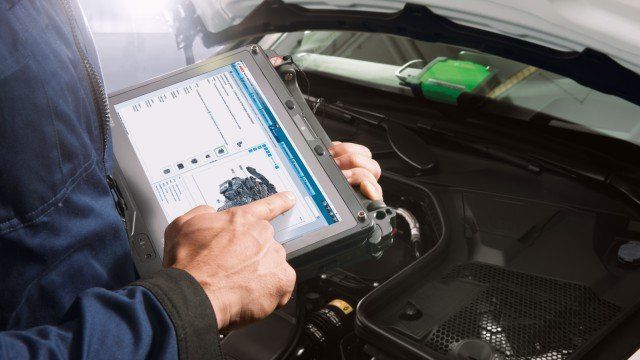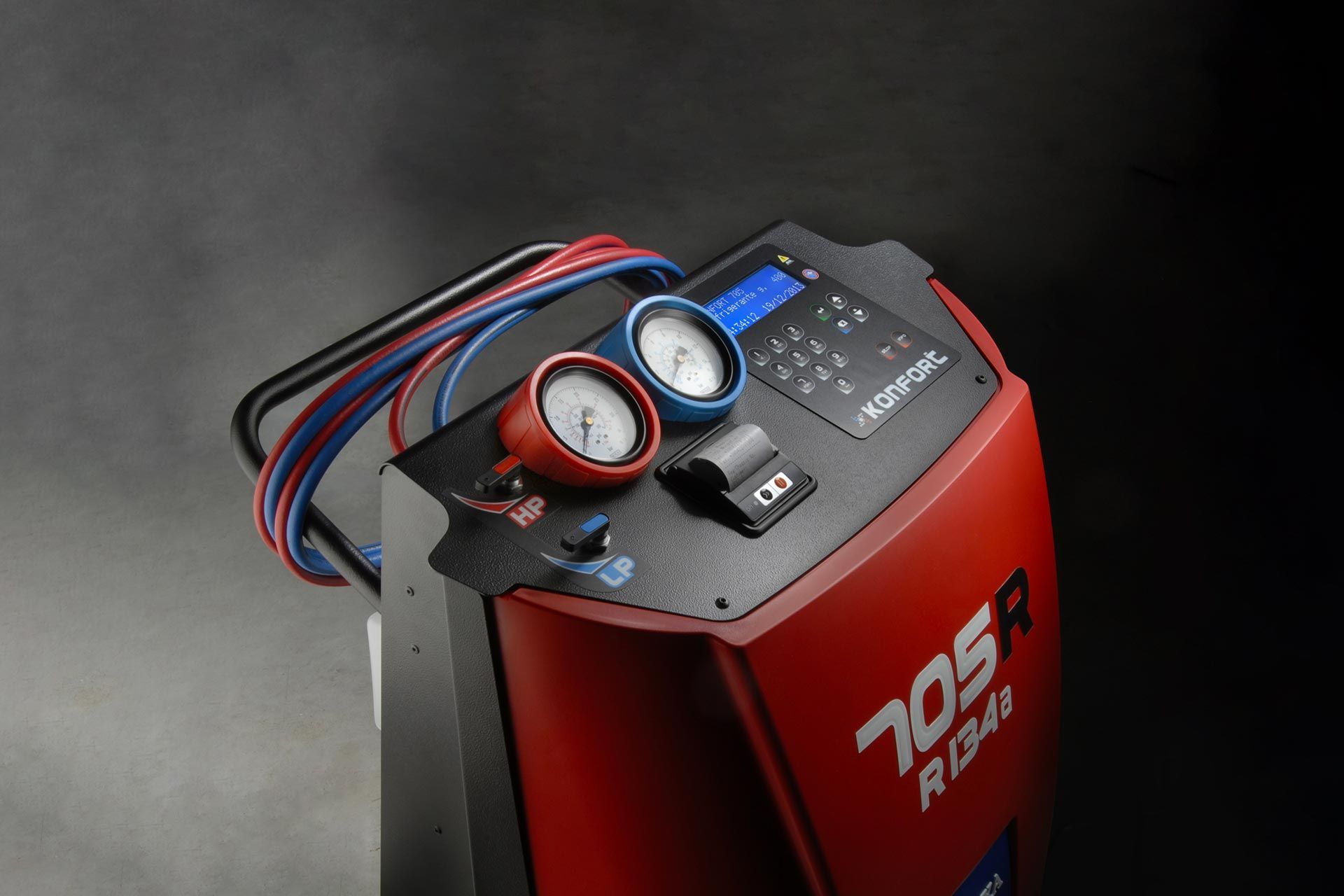MOT Changes May 2018
The testing system is set for a shake up.
So from the 20 May this year, the MOT test is changing in several ways.
There’ll be some changes to the content of the MOT, although the basic essence the MOT is staying the same, there will be some changes to content.
There’ll also be changes to the defect categories, that vehicles pass and fail for, and the documentation that is issued at the end of an MOT will be changing to reflect that.
So there’s now going to be three defect categories; dangerous, major and minor. So for dangerous and major defects the vehicle will fail, for minor defects the vehicle won’t fail and of course, we can issue advisories for those components that aren’t yet defective but are wearing or on their way out.
All of the new defects are described in the MOT inspection manual and also in the MOT testing service. A tester will need to pick the defect that matches the defect on the vehicle and that will be set out as to whether it is either dangerous, major or minor.
The MOT documentation will be changing to reflect the new defect categories and also try and explain things much more clearly to motorists about what they need to do for their vehicle to pass.
If a vehicle fails, the defects will be categorised on the failure documentation as dangerous, major or minor. If a vehicle passes any minor defects will also be shown on the pass certificate, together with any advisories.
And Finally.... Most vehicles over 40 years old (on a rolling basis from date of first registration) will be exempt from MOT testing from 20 May 2018.
Confused or have we made that all clear?
As always, let’s hear your thoughts....
















